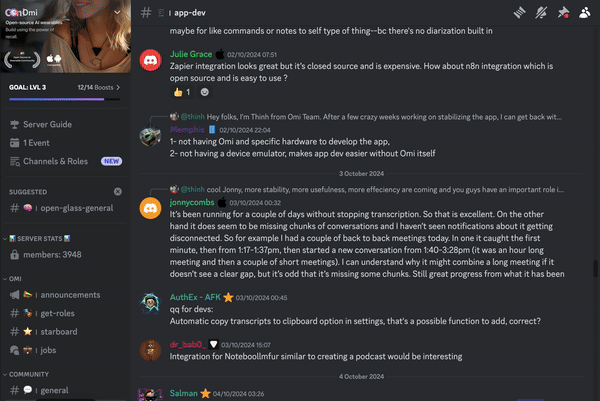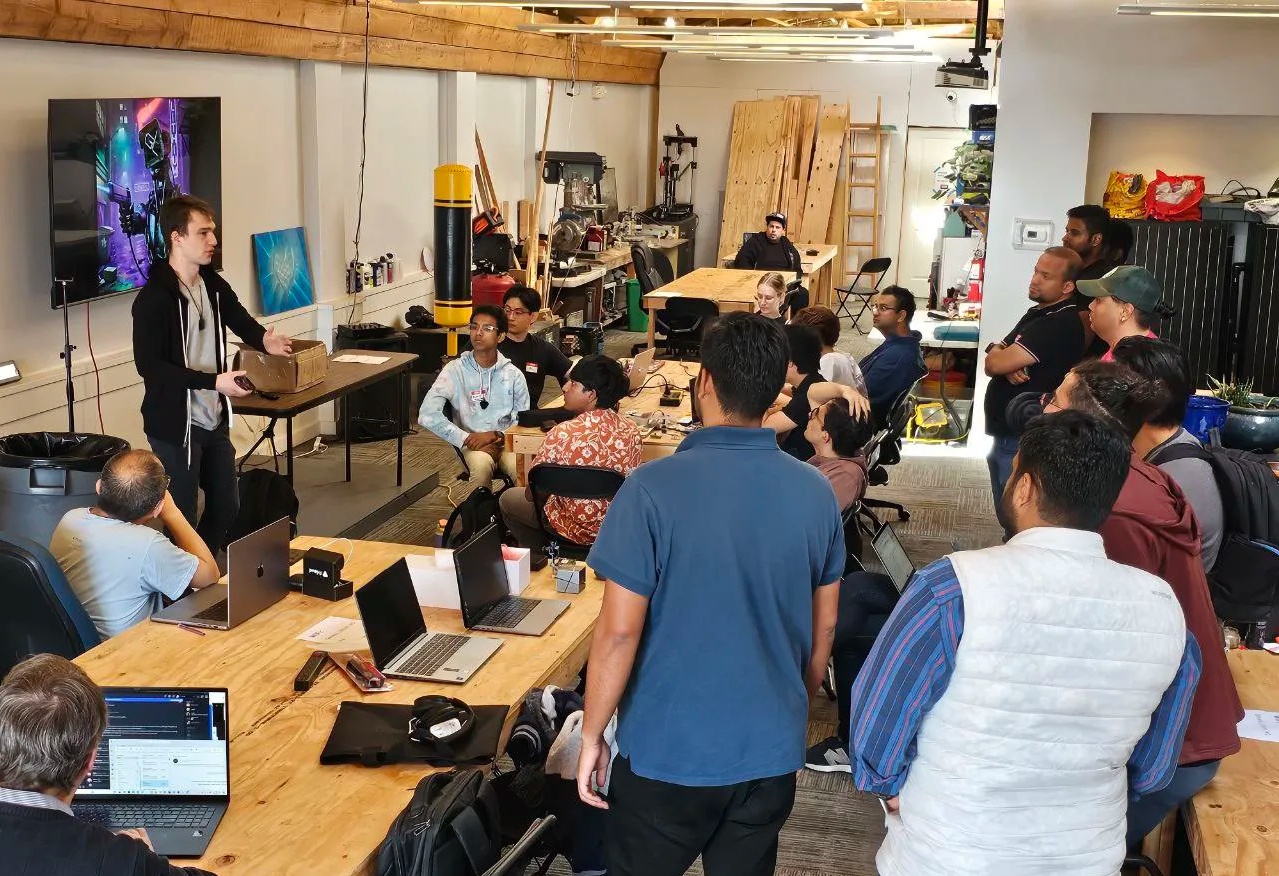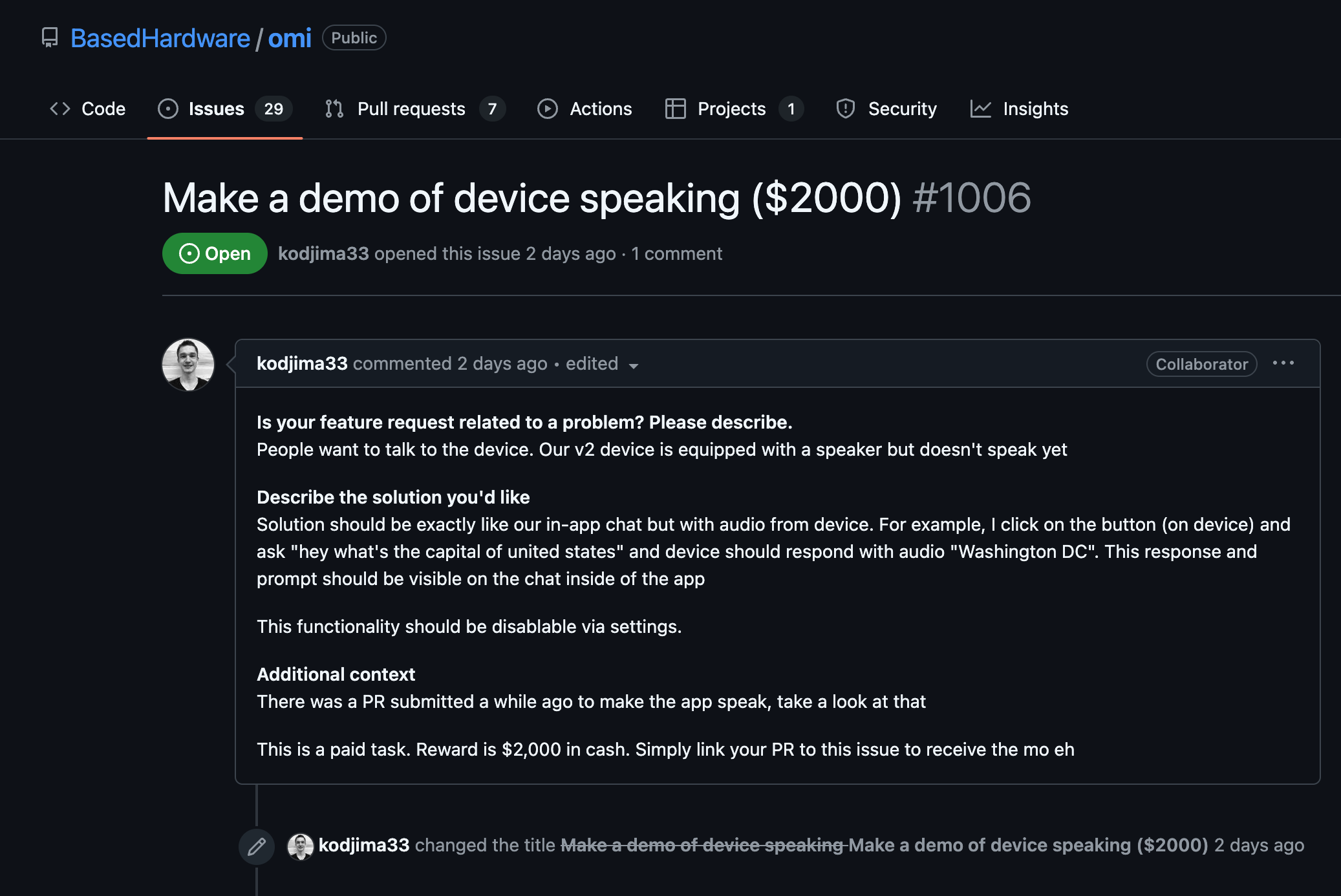Import Required Libraries and Set Up Credentials
- To start, ensure you import the necessary libraries to make HTTP requests. A popular choice is the `axios` library, which simplifies the process of making HTTP requests.
- You'll need an API key, which you should already have if you've set up your account. Keep this key secure and never expose it in your client-side code.
const axios = require('axios');
const API_KEY = 'YOUR_API_KEY';
Understand YouTube Data API Endpoints
- The primary endpoint for retrieving video statistics is `https://www.googleapis.com/youtube/v3/videos`. This endpoint enables you to fetch details on specific videos, including statistics like views, likes, and comments.
- Parameters such as `part`, `id`, and `key` play crucial roles:
- `part`: Indicates which portion of the video data to retrieve; for statistics, use `statistics`.
- `id`: The specific YouTube video ID.
- `key`: Your API key.
Build the Request URL
- Construct a function that generates the API request URL. The function should accept necessary parameters like video ID and return a string formatted as the complete URL.
function getVideoStatisticsUrl(videoId) {
return `https://www.googleapis.com/youtube/v3/videos?part=statistics&id=${videoId}&key=${API_KEY}`;
}
Fetch Video Statistics
- Utilize the `axios` library to send a GET request to the constructed URL. Handle any errors during the fetch process using a try-catch block, making sure to log any issues or use an error handler.
- Parse the fetched data correctly: You will typically receive a JSON response which you can use to access the `statistics` part of the video data.
async function fetchVideoStatistics(videoId) {
const url = getVideoStatisticsUrl(videoId);
try {
const response = await axios.get(url);
if (response.data.items.length > 0) {
const statistics = response.data.items[0].statistics;
console.log('Video Statistics:', statistics);
return statistics;
} else {
console.error('No video found with the provided ID.');
}
} catch (error) {
console.error('Error fetching video statistics:', error);
}
}
Invoke and Utilize the Function
- Call the `fetchVideoStatistics` function with a valid video ID to test the entire process.
- Ensure that you manage the promise returned by the asynchronous operation, possibly with a `then` and `catch` block if you prefer handling the results in a traditional promise manner.
const videoId = 'YOUR_VIDEO_ID';
fetchVideoStatistics(videoId)
.then(statistics => {
// Use statistics data here
console.log('Views:', statistics.viewCount);
})
.catch(error => console.error('Error:', error));
Best Practices
- Check YouTube Data API quotas and manage them wisely. Exceeding the quota results in blocked requests or additional charges.
- Ensure you handle exceptions and errors gracefully to improve the robustness of your application.
- Consider securing your API key and not exposing it in client-side code. Use environment variables or server-side implementations to safeguard this key.
























